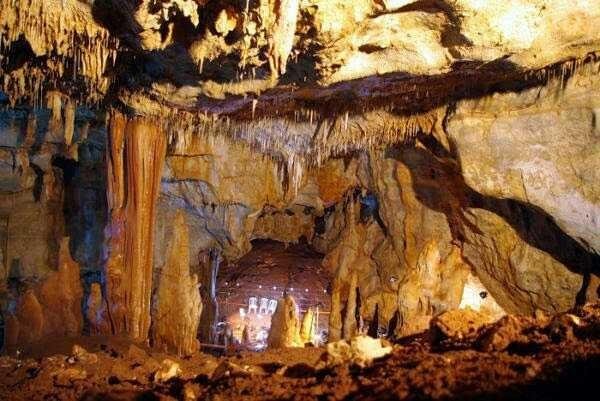Is Europe's Modern Man Originally African?
History in recent years has rapidly added to the list of knowledge, especially archeology. Currently, archaeologists have discovered a 55,000-year-old partial skull in northern Israel that directly gives new insight into modern European human migration from Africa.
An important event in human evolution, the extension of modern humans comes from Africa across Eurasia replacing all other forms of hominins or predecessors around 40,000 to 60,000 years ago.
Due to the scarcity of human fossils in this period, all the ancestors of modern non-African humans remain largely a mystery.
Scientists estimate the partial skull found in the Manot Cave in Israel Western Galilee developed about 55,000 years ago.
This rare theme is reported in the journal Nature in late January 2015 by an international team of Israeli, North American and European researchers.
#Findings of European Modern Man Skulls
The Manot Cave has begun to be dug up and supported over the years by the late Dan David and his son, Ariel David.
Financially this research is supported by Dan David Foundation, Israel Antiquities Authority, Case Western Reserve University, Leakey Foundation, Irene Levi Sala CARE Archaeological Foundation, Cool Kayemet L'Israel, and Israel Science Foundation.
The radiocarbon dating is supported by the National Science Foundation, the Exilarch's Foundation and the MPS-WI Center for Integrative Archeology and Anthropology.
Manot Cave was discovered in 2008 when construction activities accidentally damaged the roof.
Active rocks and stalagmites have blocked the main entrance of the cave, at least 15,000 years.
The team of archaeologists conducted an initial survey in the cave and found useful fossil remains in archeology.


Professor Hershkovitz from Tel Aviv University accompanied by archaeologist Dr Ofer Marder, and Dr Omry Barzilai, will continue to work to solve the mysteries of early human migration.
The skulls were found to have a distinctive occipital shape on the back, resembling African skulls and modern European humans, but different from other anatomically modern humans ever found in the Levant.
This evidence shows that Manot people are closely related to the first modern humans who later colonized Europe.
These specimens provide evidence that both modern Europeans and Neanderthals inhabit the Southern Levant during the Late Pleistocene period.
At that time there might have been a cross-breeding between modern humans and the Neanderthals.
Archaeologists from Hebrew University play an important role in this discovery, the age of the skull is estimated at about 55,000 years.
The calendar is based on the Geological Survey of Israel under the supervision of Dr Miryam Bar-Matthews and Dr. Avner Ayalon. Prof. Amos Frumkin examines the geological context of the skull found in the Manot cave.
This finding is the first fossil evidence of a critical period when genetic and archeological models predict that modern African humans successfully migrate out of Africa and colonize Eurasia.
This finding is the first fossil evidence that during the late Paleolithic Central period, the Levant region was not only occupied by Neanderthal species but also a growing modern human being.
Archaeologists point out that this skull population migrated out of Africa and established itself in the Levant corridor over a certain time span and is advantageous in terms of human migration.
Because the climatic events at that time were warmer and wetter, where this situation occurred in the Northern Sahara and the Mediterranean.
Nice post
Nice postingan